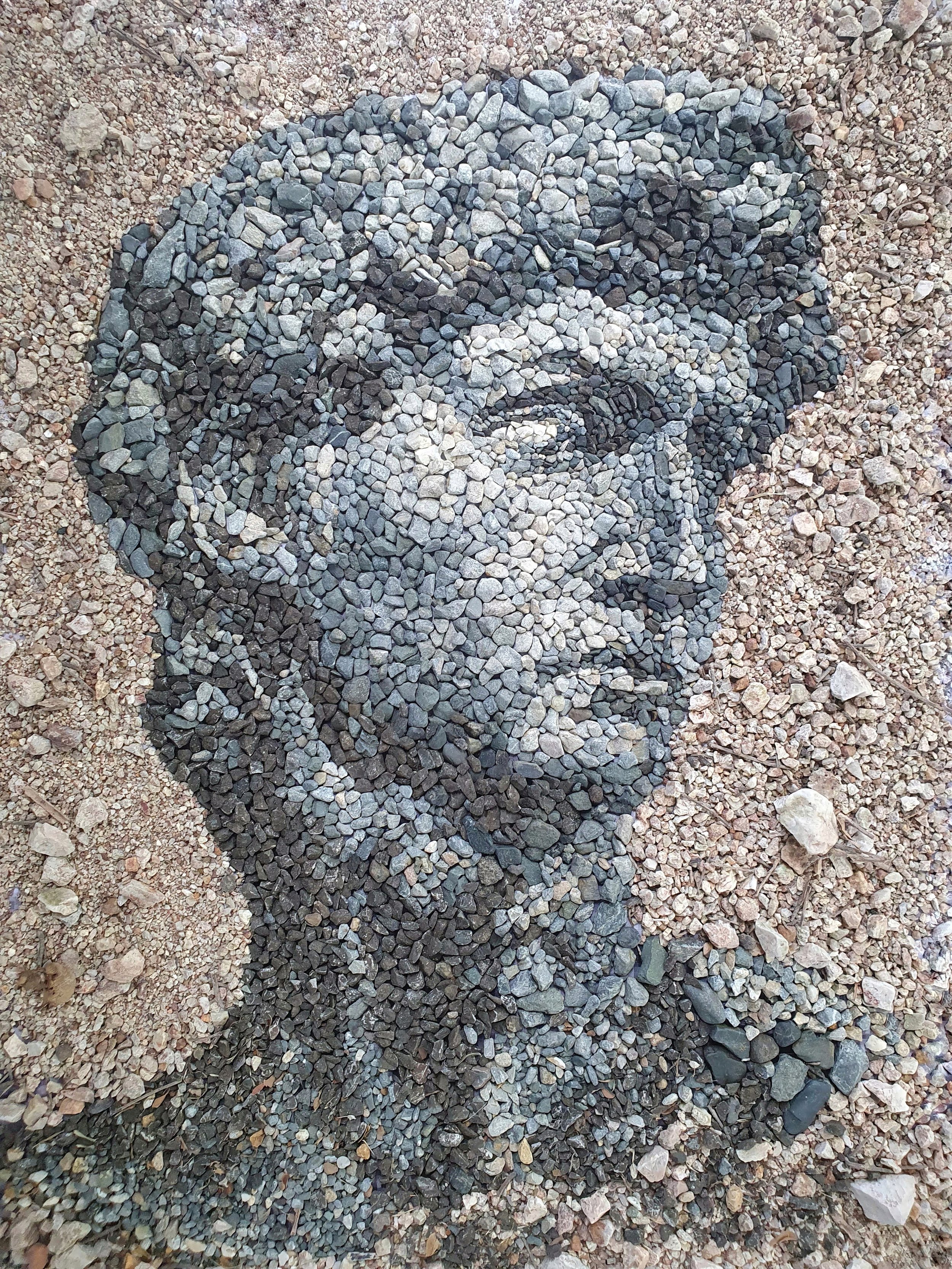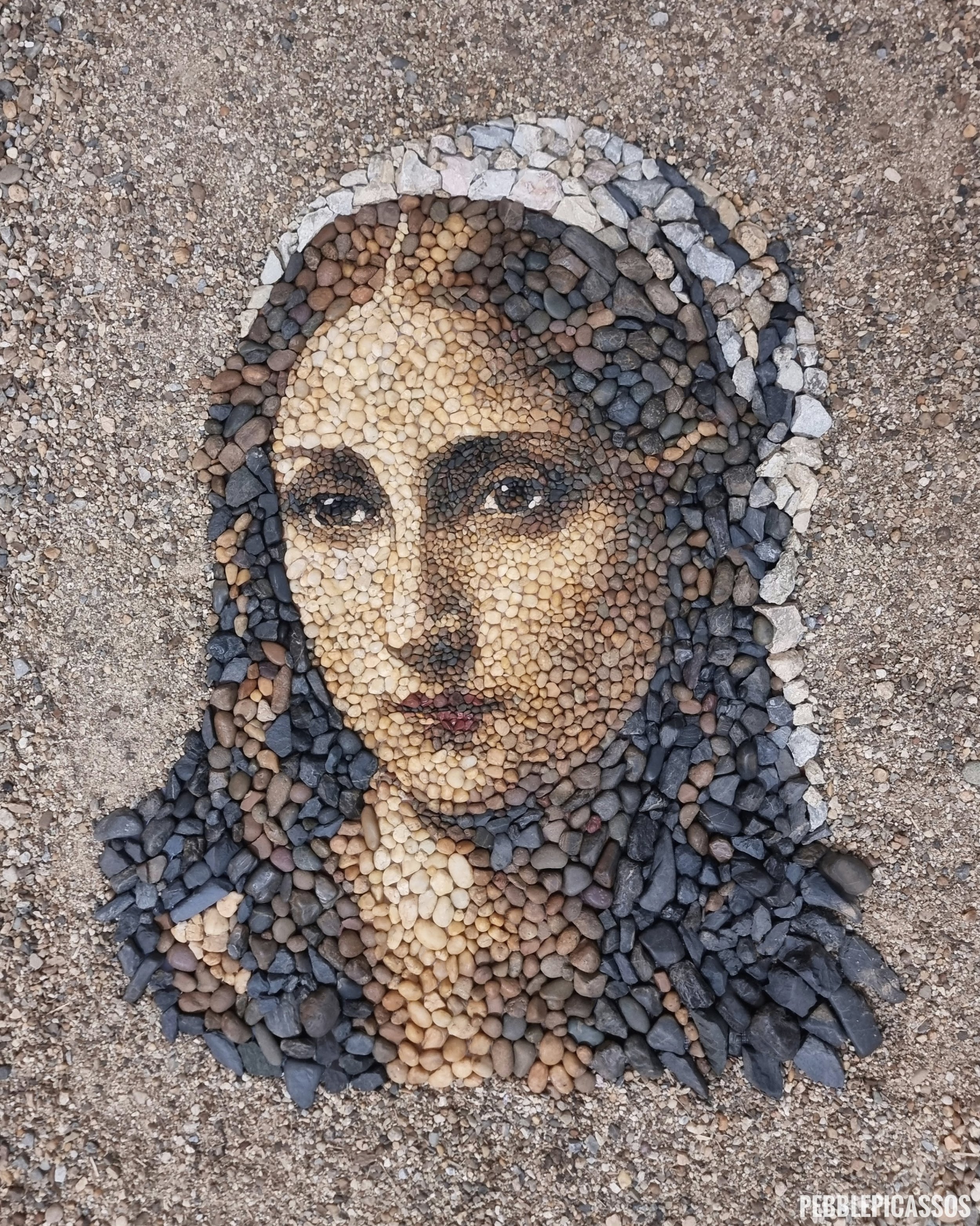ARTIST INTERVIEW: JUSTIN BATEMAN
Justin Bateman
Please introduce yourself. What ignited your passion for art?
I always drew as a child, all children are artists but we forget how to be artists as we grow older. Most people surrender whimsical pursuits in the face of the many more pressing matters that confront us as we age. Many artists have inspired me over the years, from Rene Magritte to Phillip Guston but none so much as a more immediate desire to commune directly with the forces that drive creation. As a boy I was endlessly fascinated by fossilised sharks teeth that my brother and I would collect on the beach near our home in southern England. These relics of something so powerful preserved over centuries told stories that were deeply intriguing to a young boy; sometimes I created illustrations of the tooths original occupant.... A giant wild thrashing shark. Childish pass times can become enormously effective occupations if one remembers their importance and pursues their refinement as an adult.
Frida Kahlo
You have previously implied that your artwork has ‘dictated’ the destinations you travel to. What do you look for in a potential place to create your work?
My travels around South East Asia have been highly eclectic. My choice of country is dictated by the nature of the people and I am drawn to cultures that honour spirit. However, in terms of my creative practice, a location will be chosen according to its geological composition. These criteria include the surface structure, gradient, exposure to direct sunlight/shadow, through traffic of animals or humans, meteorological factors and dimensions of available space. I have worked by rivers, on a volcano, in forests, on desserted beaches, islands, car parks and even on an active railway in Bangkok!
David #2
Impermanent, your work is destroyed once photographed. Is it hard destroying a piece after the amount of hard work you have put into it? Does this process have a deeper meaning?
The process is humbling, spending hundreds of hours on my knees feels a lot like worship. But I'm not worshipping the subject, rather the creative force that drove what matters to exist. It is very hard on my body, a sacrifice I may come to regret in later life. But having abandoned the tessera (uniform square tile used for mosaic) and the frame I felt it was unnecessary to secure the work. Mosaics have told stories for centuries and it's narrative can still be known through indirect experience. I dismantle the work because personally when I visit natural locations I don't want to see man made interventions. I go to nature, to commune with nature rather than be reminded of human endeavour. Making this work can disturb ecology and micro organisms, so I return the natural environment to it's original disorder. I was originally very inspired by Tibetan sand mandalas; intricate designs that are blown away once complete. It is a spiritual practice based on letting go. At first it was difficult to let go of all the hard work, but now it feels very odd if I keep a piece. Of course the work is only physically ephemeral because it lives on in the form of a photograph. But the pixels will one day fade and we will all follow into the ether - a thought I find quite charming rather than alarming.
Sir David Attenborough
Do you always carry stones with you? What is your process for creating a stone portrait? Is the process intuitive or do you map out the composition in advance?
I always have a pocketful of stones from locations that are meaningful to me.... Just a couple to reference my personal journey. There is no single process that works 100% of the time. I use a wide variety of methods to prepare for a portrait and these will vary according to scale, location and environment. Preparing to make a piece on a railway will differ greatly from the process on a beach for example. I create many colour maps and swatches to collect the correct tonal values and the scale of the stone also differs according to the size of the portrait. It is crucial that these elements align. Sometimes I will rehearse the making of a piece and restart many times, often they are abandoned and many are rejected upon completion.... I think about 30% of the pieces I begin become final works. The simplicity of the final outcome is by design, trial and error. I have refined the process over many years to achieve the level of detail I can achieve today. The stones have been my teachers, mute informants of both physical and metaphysical insights regarding the composition of the world.
How has travelling the world informed your practise? Has it changed you personally?
I have lived many lives. I have been an office worker, a teacher, a landlord, a jazz club owner and worn numerous other labels. When I began travelling 5 years ago I took off all my labels and advanced with no aspirations other than to truly see the world.... Not just to look at it... But to see it; I had no idea what I might discover. The lessons of travel are experiential in their entirety. Travel has allowed me to respond more personally to the world beyond the confines of a given culture.
Isabella
Who is your greatest artist inspiration? If you could ask them one question, what would it be?
I have been inspired by a great many artists. The most obvious would be Andy Goldsworthy in his choice to work beyond the confines of galleries but also Phillip Guston for example in the abandoning of abstract expressionism and subsequent pursuit of indexical semiotics and symbolism. Guston challenged notions of 'high art' and 'low art' celebrating the simplicity of comic illustrations whilst pointing to issues of huge importance. My most recent pieces are originals but a number of my older creations are derivatives of significant artworks. Previously these artworks were shut behind walls in galleries. One of my concerns is to remove the barrier between art and the hands of the people. This means working in common environments, exchanging marble and oil paint for pebbles and using only a mobile phone to document the outcomes. Anyone, anywhere can make this art regardless of socio-economic barriers. Many of the subjects are based on 'high art' yet to make a sandcastle or a snowman is considered 'low art'. Much of my work responds to symbols of the bourgeoisie. I also create originals, contemporary works that mimic the style of Renaissance masters whilst including elements of a more autobiographical nature. Derivatives are easy to dismiss... Many will miss this point, but that's okay - I hope the work is accessible on many levels, indexical semiotics is only interesting to the few. It's an eclectic mix, linked together by threads of personal experience and contextual play. A collection of subjects partly inspired by the platform on which it resides most prominently; Instagram.
Shakespeare
Has there been a pivotal point in your career so far as an artist?
Only one. The day I chose to commit my whole self to one simple process - to let a single act absorb every ounce of energy I have. And to see what happens.
What are your future aspirations?
I have heaps of ideas for future works, in fact the ideas are endless. There are so many directions the work can go in, but I find these mostly just a distraction from the main event. I try to keep it simple. I like it that way, so I don't overcomplicate my plans... I threw myself into the world when I began travelling and now I'm as surprised as anyone else at what happens. I may make small plans, such as collate the art into a book (now on Amazon) or update Instagram... But that's as far as I go. The work evolves organically and I try not to become consumed by algorithms, others expectations or ego. I keep it in the day and ensure it feels like play but as a result I have taken part in some extraordinary projects and commissions.
Why do you think art is important in society?
As Einstein said 'imagination is the preview of life's forthcoming attractions'. I'm not too concerned about the semantics of art, but in the endeavour is evolution itself.












